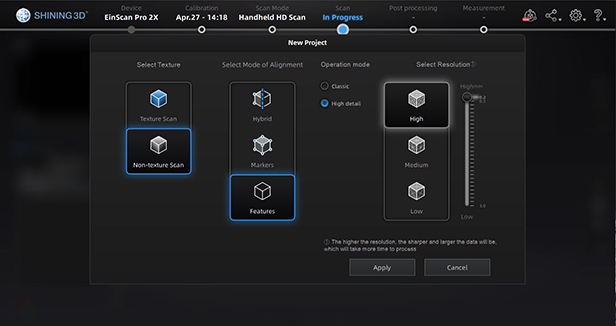
Recently a new feature, the High Detail Mode, has been released. This new operation mode can be applied in the Handheld HD Scan Mode to extract the ultimate amount of details possible of the objects to be scanned. In this blog post, we´ll take a look at what makes this new option actually stand out.
Compared to the Classic scan mode, the High Detail mode delivers higher data quality by capturing more data details. The scan area is reduced to about half compared to the Classic option.
- Data quality
With the same point distance (resolution), the data quality of the High Detail Mode is better than that of the Classic scan mode.
(Note: under 0.2-point distance, the difference of data quality is relatively insignificant. However, the data is relatively coarse and sparse in Classic scan mode. In High Detail Mode denser and finer details can be obtained more quickly)
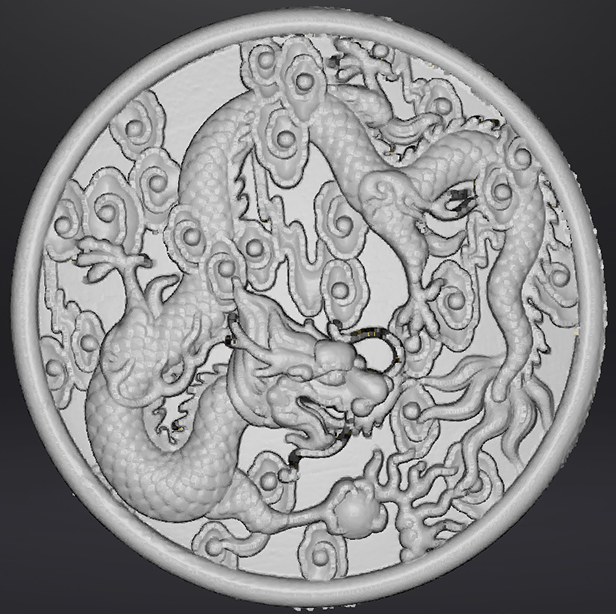
Normal scan mode
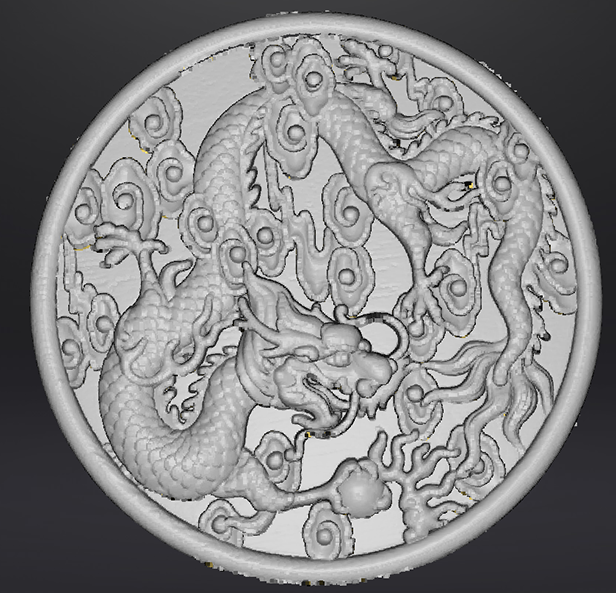
Fine scan mode
- Scan Range (green area represents the acquired data range of a single-scan).
In order to achieve higher data quality, the data range of a single scan in the High Detail Mode is smaller than the data range of a single-scan in the normal scan mode.
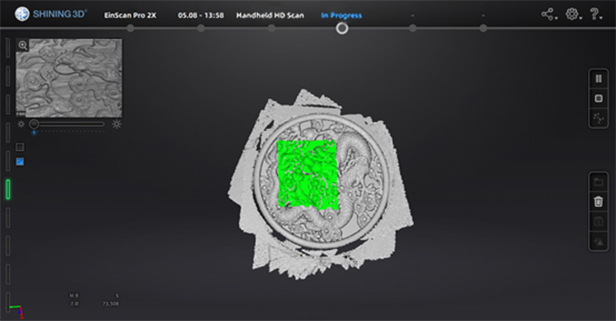
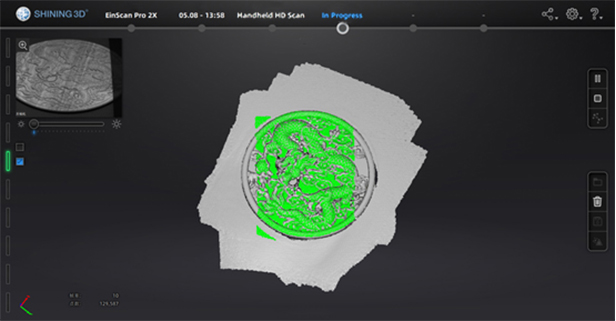
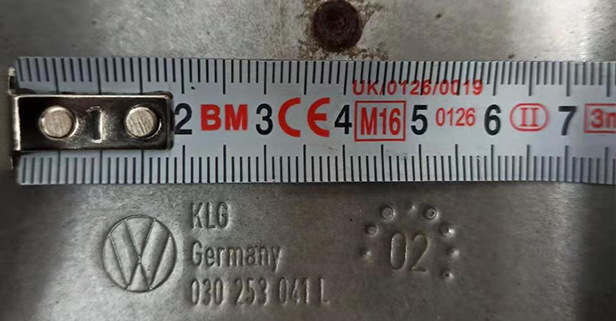
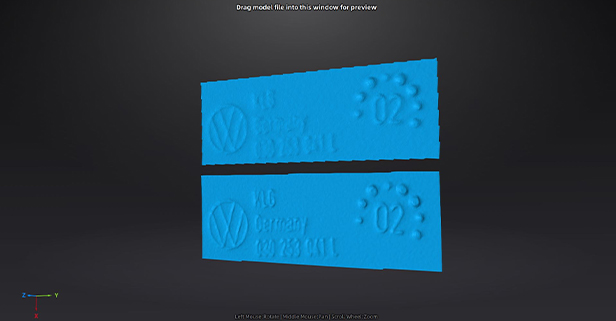
Good to know
- When scanning large objects (not convenient to use fixed mode) with high detail requirements, such as the face of a statue, the data can be obtained separately in handheld HD mode.
- Small to medium-sized objects can be captured most efficiently in the fixed scan mode (It is slightly difficult to scan small objects in handheld mode)
- For scanning larger objects, if not necessary, it is not recommended to use the High Detail Mode. Due to the smaller scan range, it takes longer to complete the scan and a bigger data file is generated. The scanning time will result in high computer processing pressure, which can even cause software crashes.
- When scanning objects with large plains or curvature surfaces lacking significant features, the scan range is relatively small and less sensitive to the features or markers. It is recommended to start scanning the whole object in Classic scan mode, then continue to scan the detailed area in High Detail Mode. Eventually, the scan data acquired in Classic scan mode can be replaced with High Detail data by using third-party software. (When scanning areas with fewer features directly, the data is easily misplaced).





